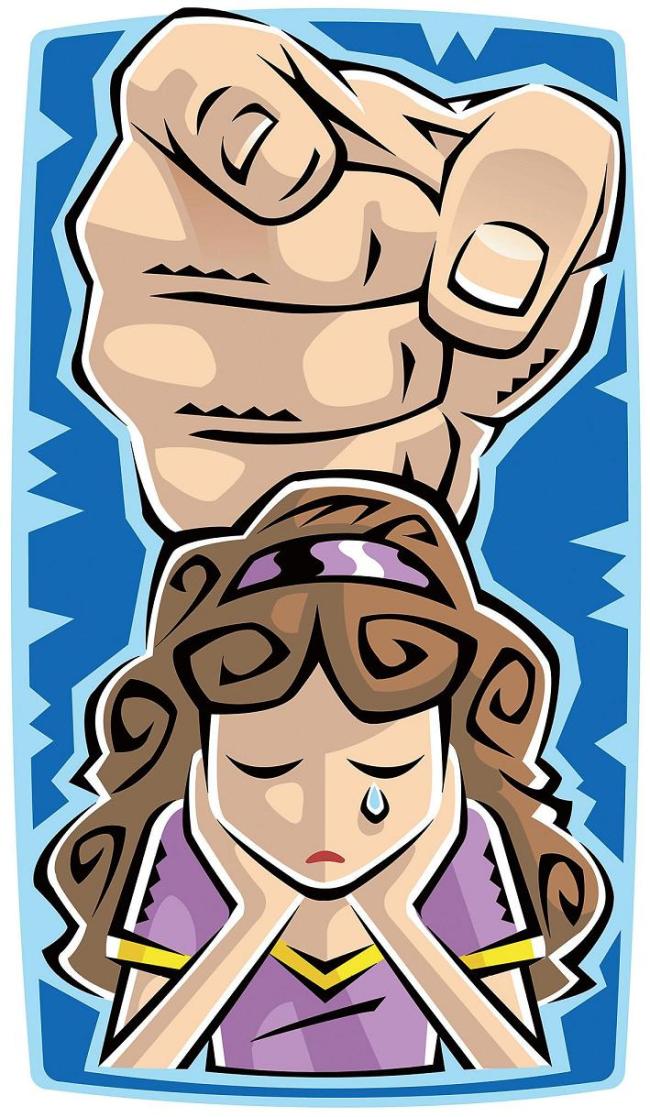It is natural to feel unhappy during times of frustration or loss at different points in our lives. Children and adolescents can also experience such feelings like adults. These depressive symptoms are usually temporary and are relieved in a few days.
However, when this mood progresses to depression, it lasts for a longer period and it is difficult to overcome on one’s own. Therefore, early detection and intervention with regards to depression in children and adolescents is important.
The depressive symptoms in children and adolescents are similar to those experienced by adults. These include sadness, feelings of worthlessness, extreme guilt, changes in appetite, loss of interest in activities, repetitive thoughts about death or suicide, despair, fatigue, decreased concentration and changes in sleep patterns. However, children cannot describe these symptoms and feelings as accurately as adults can.
Above all, they do not fully understand the concepts of self-worth, guilt and concentration.

Therefore, many children act out to show their feelings. As well as changes in appetite and sleep patterns, the following changes in behavior may be indicators of depression: A sudden decline in academic performance, refusal to attend school, changes in friendships and relationships, hanging out with a different group of friends, responding very acutely to small changes in their environment or stimuli, restlessness, shouting or complaining for no reason, anger, tears, anxiety, fear and defiance.
Other changes in behavior include antisocial behavior, aggression, use of alcohol and other substances, pain in the limbs or abdomen or headaches with unidentified causes.
Causes
Depression is believed to be caused by an imbalance in the important neurotransmitters in the brain. For example, imbalances in the level of serotonin can lead to sleep disturbance, irritability and anxiety. Norepinephrine is believed to be associated with consciousness, tiredness and depression. Other substances that affect depression include the adrenocortical hormone.
Checking the family history related to depression is also very important. The risk of developing depression in a child who has parents with depression is three times that of children born to parents without depression. In identical twins, the concordance rate is up to 70 percent. These findings support the theory that depression has a genetic component to it.
Research has also shown the association between family environment and depression. Parents who are psychologically insecure or depressed tend not to respond to their children consistently. Also the loss of a parent through divorce or death is an extremely painful process for children. Other stressors include chronic physical illness of parents, siblings and the children themselves.
Children who have been abused physically or sexually are more prone to developing depression. It has been shown that an unstable family environment during childhood has more effect on depression than an unstable environment during adolescence.
There are other various causes of depression. Children who have been raised in a supportive environment with lots of love may still develop depression. Hence, scientists believe that depression is associated with genetics, biological factors and environmental factors.
Treatment
Psychiatric treatment for depression in children and adolescent patients is very important. It allows these children to maintain stable relationships and academic performance in the future. Children and adolescents tend to respond to treatment better than adults.
Psychosocial treatment such as individual psychotherapty, cognitive behavioral therapy and interpersonal psychotherapy are very effective for the treatment of depression in these patients. Through therapy, children learn to express their feelings appropriately and learn to cope with stressors from their environment.
Many studies have proven the effectiveness of antidepressants. Such pharmacological treatment is more effective when used together with play therapy, psychotherapy, family therapy and cognitive behavioral therapy as prescribed by the psychiatrist.
However, the most important factor during treatment is the open-mindedness of family and friends. Hesitance about treatment by the family members is felt by children and adolescents and this can be an obstacle for effective treatment.
By Joung Yoo-sook
The author is a doctor of department of psychiartry at Samsung Medical Center and professor of Sungkyunkwan University School of Medicine. ― Ed.








